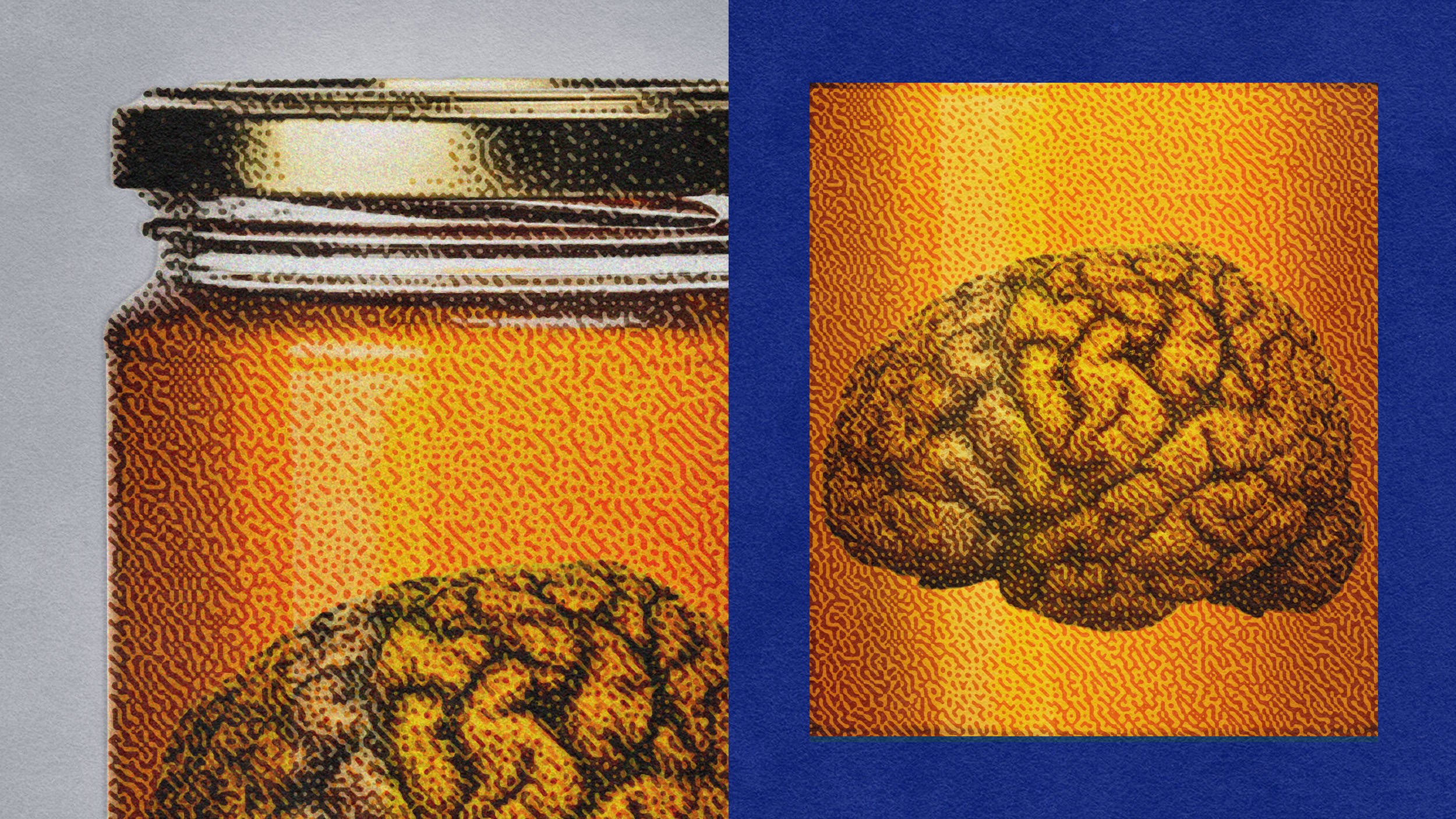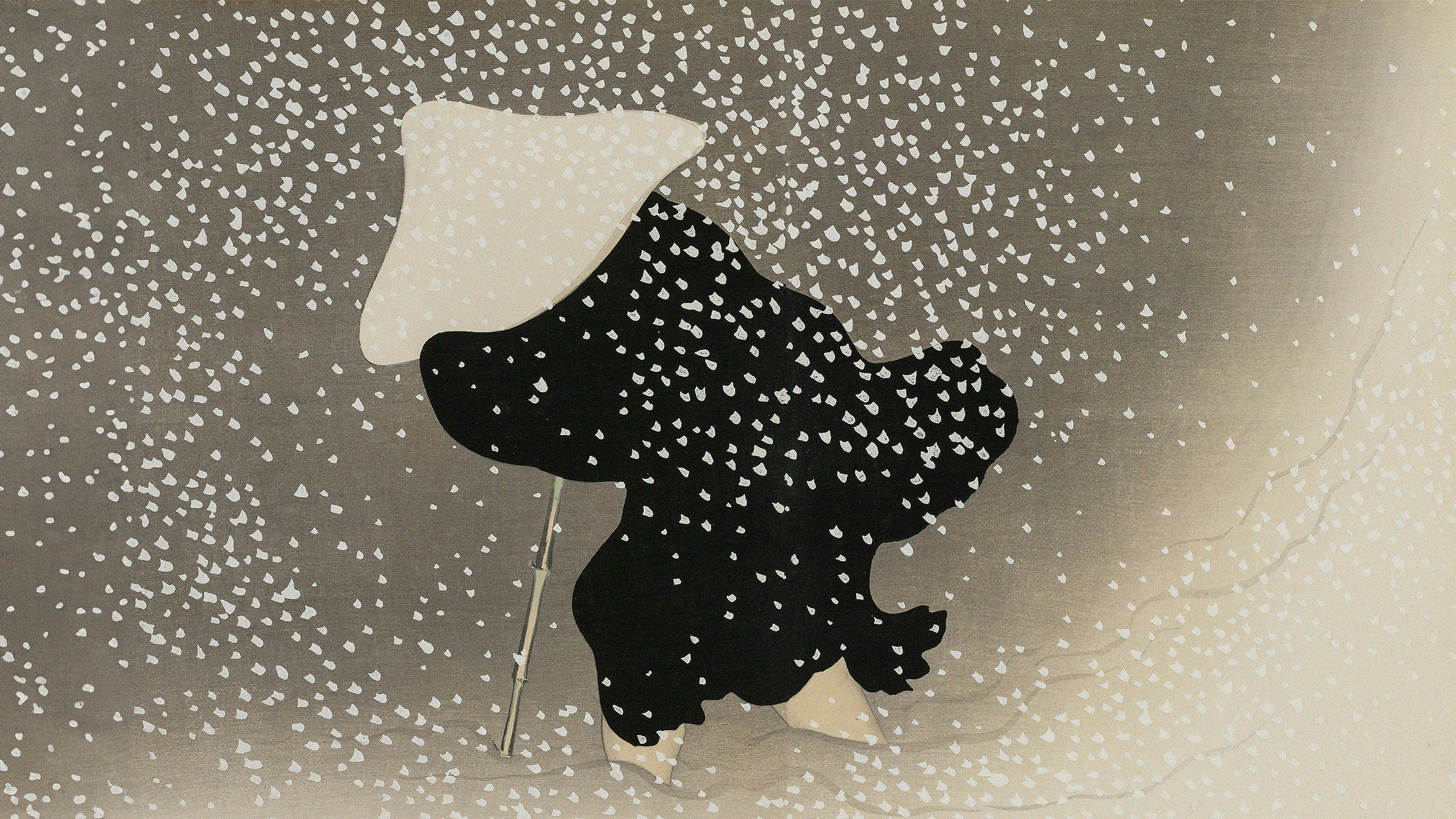Your body’s full of stuff you no longer need. Here’s a list.

Image source: Decade3d-anatomy online via Shutterstock
- An evolutionary biologist got people swapping ideas about our lingering vestigia.
- Basically, this is the stuff that served some evolutionary purpose at some point, but now is kind of, well, extra.
- Here are the six traits that inaugurated the fun.
Evolutionary anthropologist and Boston College post-doc, Dorsa Amir, started the whole thing with a series of eight tweets, and boy did she start something fun. Amir laid out a list of weird, once-useful details of the human anatomy that we continue to carry around within — and on — us. Basically, this is the stuff that served some evolutionary purpose at some point, but now is kind of, well, extra.
Natural selection, after all, has no reason to clear away unnecessary traits if they pose no evolutionary disadvantage. And when we say “started the whole thing,” what we mean is that, this being Twitter, some arguing was inevitable. Some people took issue with Amir’s use of the word “vestigial.” One issue with the word is that early traits may still be beneficial in ways we don’t yet know — the microbiome-managing appendix and the immune system’s tonsils were both considered among these for some time. A trait’s stated assumed value is also always just our best guess, so a certain amount of uncertainty is understood to be baked-in. It’s important to remember, too, that if a mutation just happened to happen and persisted because it was useful, it’s not the same thing as saying it has a reason to exist. The reason was randomness, unless one doesn’t believe in evolution.
Which gets us to the second type of argument Amir’s posts generated. Some creationist-intelligent design believers seem to be patrolling Twitter to shout down references to science where it arises. Probably this post will also get them going. Amir has nonetheless started a list and a conversation that is totally worth checking out, hair-splitting aside. Here are the six traits that inaugurated the fun.

The human eye in alarming detail. Image source: Henry Gray / Wikimedia commons
At the inner corner of our eyes, closest to the nasal ridge, is that little pink thing, which is probably what most of us call it, called the caruncula. Next to it is the plica semilunairs, and it’s what’s left of a third eyelid that used to — ready for this? — blink horizontally. It’s supposed to have offered protection for our eyes, and some birds, reptiles, and fish have such a thing.

Palmaris longus muscle. Image source: Wikimedia commons
We don’t have much need these days, at least most of us, to navigate from tree branch to tree branch. Still, about 86 percent of us still have the wrist muscle that used to help us do it. To see if you have it, place the back of you hand on a flat surface and touch your thumb to your pinkie. If you have a muscle that becomes visible in your wrist, that’s the palmaris longus. If you don’t, consider yourself more evolved (just joking).

Darwin’s tubercle. Image source: Wikimedia commons
Yes, maybe the shell of you ear does feel like a dried apricot. Maybe not. But there’s a ridge in that swirly structure that’s a muscle which allowed us, at one point, to move our ears in the direction of interesting sounds. These days, we just turn our heads, but there it is.

Goosebumps. Photo credit: Tyler Olson via Shutterstock
It’s not entirely clear what purpose made goosebumps worth retaining evolutionarily, but there are two circumstances in which they appear: fear and cold. For fear, they may have been a way of making body hair stand up so we’d appear larger to predators, much the way a cat’s tail puffs up — numerous creatures exaggerate their size when threatened. In the cold, they may have trapped additional heat for warmth.

Coccyx. Image source: Decade3d-anatomy online via Shutterstock
Way back, we had tails that probably helped us balance upright, and was useful moving through trees. We still have the stump of one when we’re embryos, from 4–6 weeks, and then the body mostly dissolves it during Weeks 6–8. What’s left is the coccyx.

Palmar reflex activated! Photo credit: Raul Luna on Flickr
You’ve probably seen how non-human primate babies grab onto their parents’ hands to be carried around. We used to do this, too. So still, if you touch your finger to a baby’s palm, or if you touch the sole of their foot, the palmar grasp reflex will cause the hand or foot to try and close around your finger.
Amir’s followers dove right in, offering both cool and questionable additions to her list.
Lower mouth plate behind your teeth. Some have protruding bone under the skin which is a throw back to large fangs. Almost like an upsidedown Sabre Tooth.
— neil crud (@neilcrud66) January 16, 2019
Sure: https://t.co/DjMZB1XidG
— Stephen Roughley (@SteBobRoughley) January 16, 2019
What about when you “jump” just as you’re drifting off to sleep, I heard that was a reflex to prevent falling from heights.
— Bann face (@thebanns) January 16, 2019
This thing, often called the “alpha jerk” as you drop into alpha sleep, is properly called the hypnic jerk,. It may actually be a carryover from our arboreal days. The hypothesis is that you suddenly jerk awake to avoid falling out of your tree.
Everyone hate the sound of fingernails on a blackboard. It’s _speculated_ that this is a vestigial wiring in our head, because the sound is similar to the shrill warning call of a chimp. https://t.co/ReyZBy6XNN
— Pet Rock (@eclogiter) January 16, 2019
Ok what is Hair in the ears for? I think cuz as we get older it filters out the BS.
— Sarah21 (@mimix3) January 16, 2019
You may be onto something. Tooth-bearing with the jaw clenched is generally recognized as a signal of submission or non-threatening in primates. Involuntary smiling or laughing in tense situations might have signaled that you weren’t a threat.
— Jager Tusk (@JagerTusk) January 15, 2019
Sometimes it feels like my big toe should be on the side of my foot, was that ever a thing?
— B033? K@($ (@whimbrel17) January 16, 2019
Twitter should always be so much fun.





